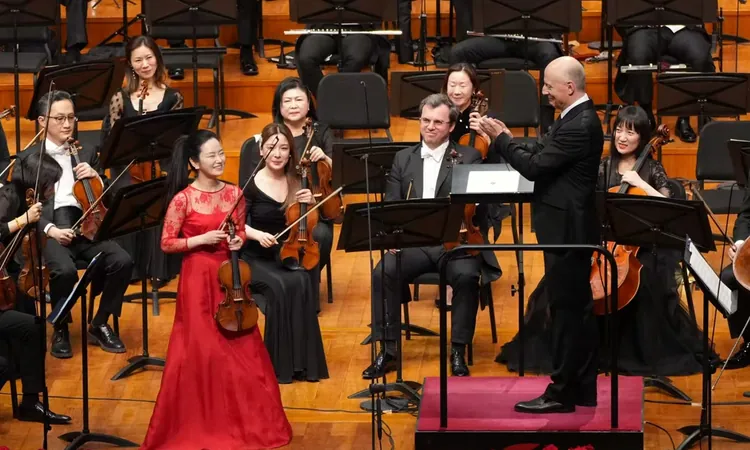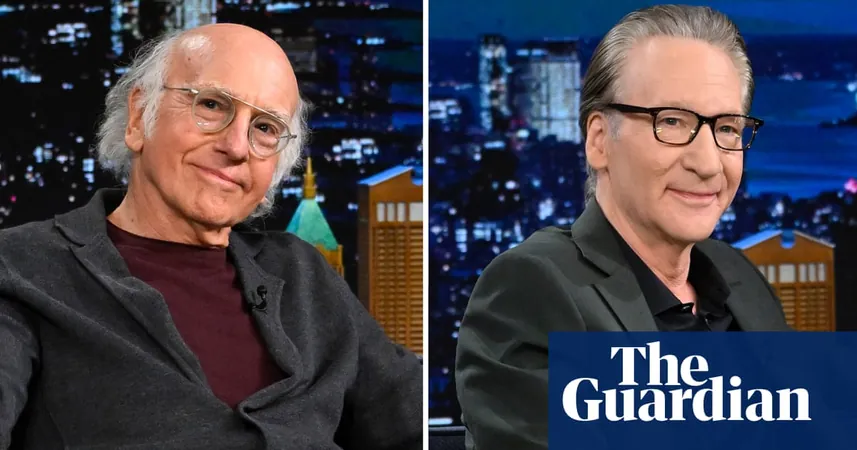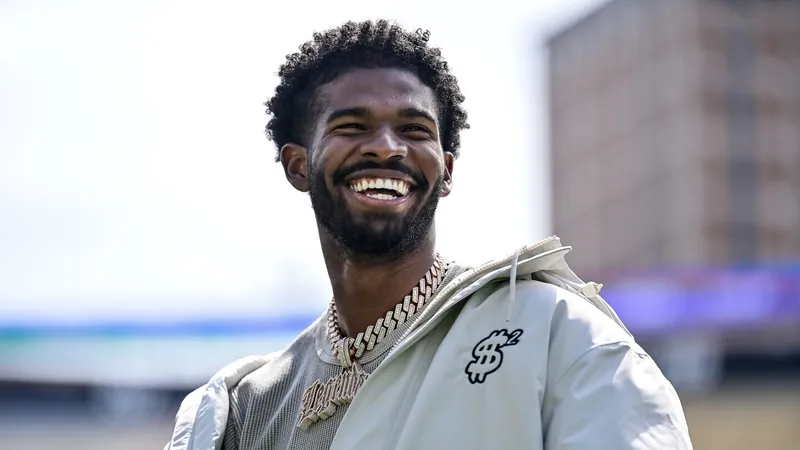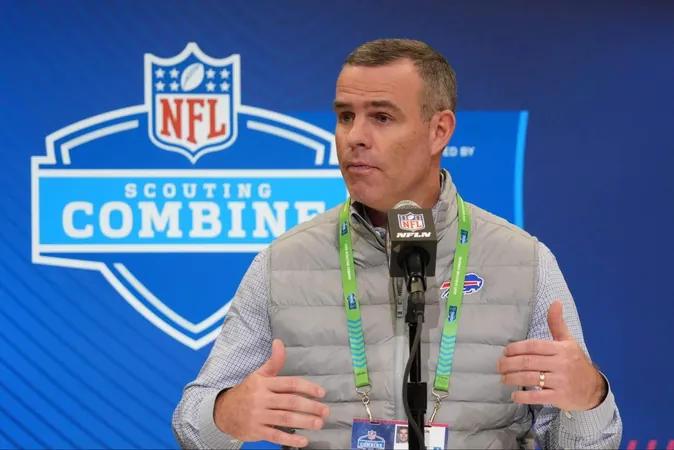
Hong Kong's Cultural Renaissance: Blending Tradition with Innovation
2025-04-08
Author: Ying
In a dynamic display of cultural exchange, Hong Kong is reaffirming its unique position as a bridge between Eastern and Western traditions. Chang Wai-yuen, the director of the Office of the Government of the Hong Kong Special Administrative Region in Beijing, emphasized this vision during a recent event. He highlighted the city's ongoing cultural collaborations with mainland China, showcasing its innovative expressions of traditional Chinese culture.
A prime example of this cultural synergy is the Hong Kong Philharmonic Orchestra’s latest tour across the mainland, led by the celebrated Estonian conductor Paavo Järvi. The orchestra recently captivated audiences at the National Centre for the Performing Arts and the Beijing Performing Art Centre with two stellar concerts, marking a significant moment in Hong Kong's artistic dialogue with the broader Chinese cultural landscape. Moreover, the tour includes two masterclasses aimed at nurturing the talents of young musicians from the Central Conservatory of Music and the Tianjin Juilliard School.
"Music transcends boundaries," Chang explained. "It acts as more than just art; it serves as an educational bridge among cultures." This ethos was evident during last year's celebratory 50th-anniversary tour, where the orchestra's performances were met with enthusiastic receptions across seven major mainland cities. Chang reiterated plans to broaden Hong Kong's artistic outreach and promote exchanges by inviting more mainland troupes to perform in the city.
Looking ahead, the Hong Kong government has laid out an ambitious Blueprint for Arts and Culture and Creative Industries Development for 2024, aimed at establishing Hong Kong as an "East-meets-West Cultural Exchange Center." This strategy is being backed by national support and crucial infrastructure projects like the West Kowloon Cultural District. Spanning around 40 hectares along the stunning Victoria Harbour, this district is one of the world's largest cultural ventures, housing iconic cultural institutions such as the M+ Museum and the Hong Kong Palace Museum.
The West Kowloon Cultural District is not just a local treasure; it has become a global cultural landmark. The attractions here cleverly combine relics from the Forbidden City with cutting-edge international exhibitions, playing host to major events like Art Basel. This enhances Hong Kong's reputation in the global art market and firmly establishes its status as a cultural powerhouse.
Despite being recognized mainly as a "financial hub" and a hotspot for "pop culture," Chang reminded attendees that Hong Kong’s commitment to traditional arts is unwavering. From Cantonese opera to Chinese orchestras and contemporary dance, the city continually seeks to innovate within its traditional forms. Recent productions by the Hong Kong Opera have skillfully interwoven elements of Italian opera with beloved Chinese classics, showcasing the city's creative versatility.
"Our cultural DNA is a fusion of our rich Chinese heritage and a global perspective," Chang asserted, underscoring the core strength that defines Hong Kong's unique artistic identity. As the city forges ahead, it remains pivotal in demonstrating how tradition can beautifully merge with innovation, ensuring that its cultural legacy continues to thrive in an increasingly interconnected world.



 Brasil (PT)
Brasil (PT)
 Canada (EN)
Canada (EN)
 Chile (ES)
Chile (ES)
 Česko (CS)
Česko (CS)
 대한민국 (KO)
대한민국 (KO)
 España (ES)
España (ES)
 France (FR)
France (FR)
 Hong Kong (EN)
Hong Kong (EN)
 Italia (IT)
Italia (IT)
 日本 (JA)
日本 (JA)
 Magyarország (HU)
Magyarország (HU)
 Norge (NO)
Norge (NO)
 Polska (PL)
Polska (PL)
 Schweiz (DE)
Schweiz (DE)
 Singapore (EN)
Singapore (EN)
 Sverige (SV)
Sverige (SV)
 Suomi (FI)
Suomi (FI)
 Türkiye (TR)
Türkiye (TR)
 الإمارات العربية المتحدة (AR)
الإمارات العربية المتحدة (AR)